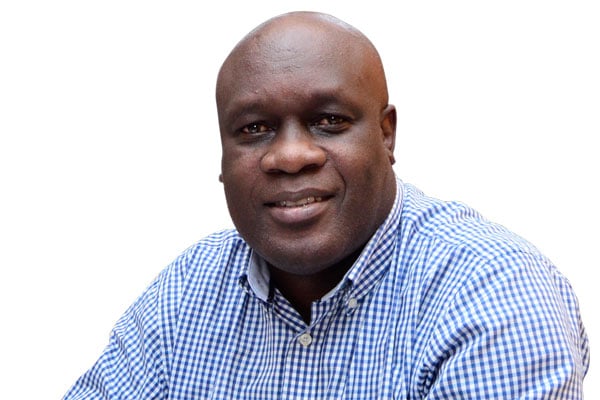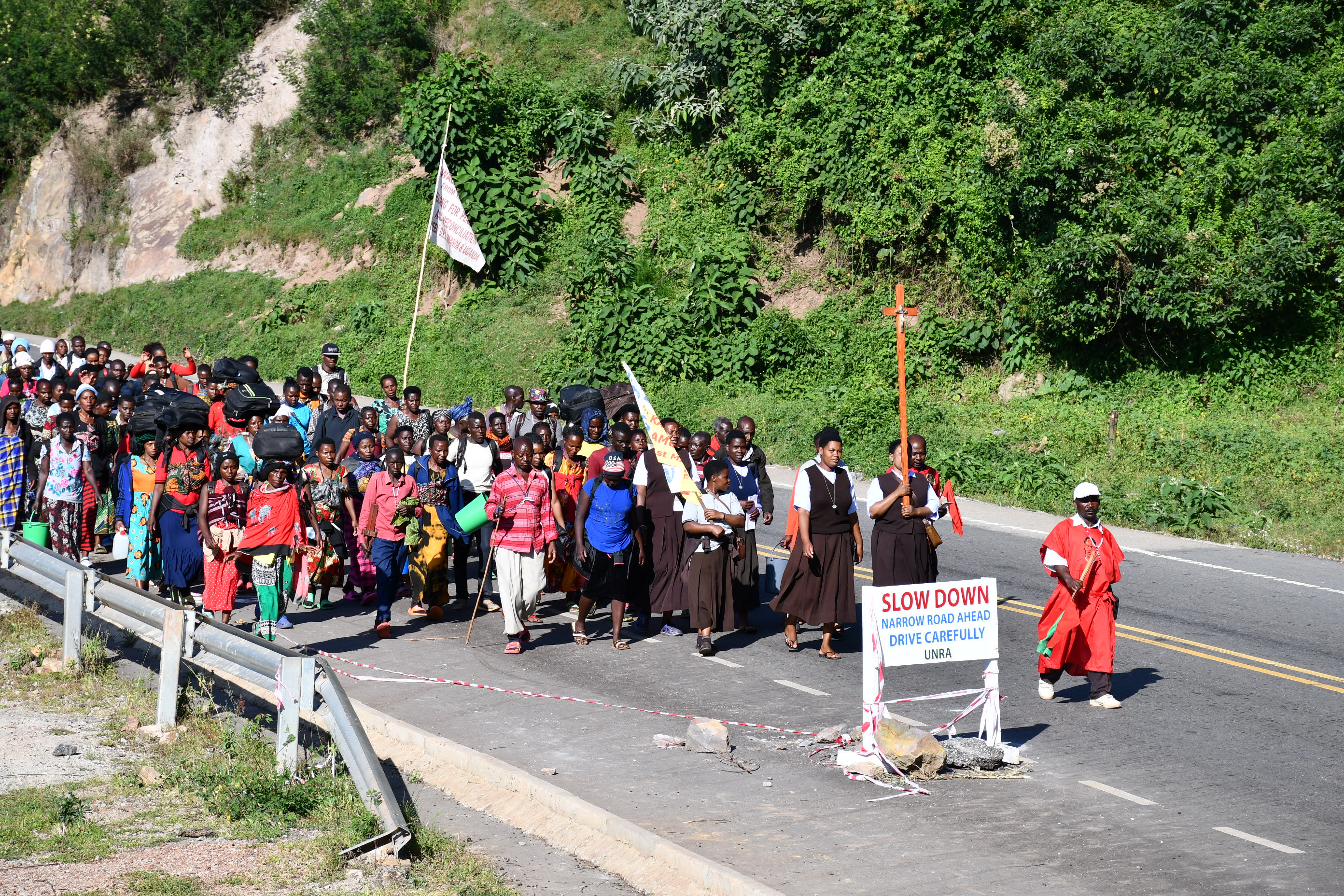Prime
Namugongo: The untold story of soldier pilgrims

Author: Odoobo C. Bichachi is the Nation Media Group (NMG)-Uganda public editor. PHOTO/FILE.
What you need to know:
Yes, while the day may pass tomorrow, it will still be interesting for journalists, when the crowds of worshippers have returned home, to come back and tell the story of these soldier pilgrims and celebrate their sacrifice – involuntary though it may have been.
For the last few days, all roads have been leading to Namugongo for the annual Christian pilgrimage to celebrate and remember the Uganda Martyrs that were killed on the orders of Buganda’s king Mwanga in 1886 for refusing to renounce their new Christian religion.
A total of 45 nascent Christians were killed, most of them on the pyre – 23 Anglican and 22 Catholic. The walking pilgrims, however, are mostly (if not exclusively) Catholic with hundreds if not thousands of the faithful braving a hundred or more of kilometres by foot in honour, respect and homage to the now 22 saints for their act of courage and faith.
Tomorrow is D-day and the media has provided extensive coverage of the run-up to the celebrations in picture and text. Jinja Diocese is leading the Mass at the Catholic Shrine (Uganda Martyrs Basilica) and they arrive in big numbers on foot, as has been with every diocese that has led the celebrations. Of course it did help that Jinja is only 80km from Kampala.
The front pages of the daily newspapers yesterday captured this grand entry. Thank you Jinja Diocese!
This is not to diminish the sacrifice of the thousands of other pilgrims that have walked very long distances from the extreme corners of Uganda and neighbouring countries, some of them very young and others quite elderly.
Scanning the media landscape, however, I have not seen in the coverage a unique – and no doubt positive – aspect of this year’s pilgrimage highlighted.
In the past, pilgrims from different parts of the country were lone walkers to Namugongo which came with enormous personal risk and dangers. This year has, however, been different. Each group of two dozen or more pilgrims has been escorted by police or military men/women. This in a way has made the men in uniform “involuntary” or “unintended” pilgrims, so to speak.
Watching the processions throughout the week but most especially in the last two days, I believe many members of the public, have entertained a few questions in their mind, not least the following;
What informed this change of tact; protecting pilgrims along the way as opposed to waiting for them to arrive at Namugongo before offering them protection?
How many uniformed men/women were involved in escorting the pilgrims? How were they chosen? What exact instructions did they have?
How was this relay system of soldiers/police designed in terms of where one group stops and another takes over? What was the length of each section?
How has the handling of this year’s pilgrimage impacted the overall security and safety of pilgrims considering in the past there have been cases of fatal accidents and petty theft? Are there any specific incidents where the armed men had to save the day?
What has this been like from a personal perspective and faith for the soldiers/police involved in escorting the pilgrims –for the Christians, Muslims or atheists?
The beauty of journalism, especially features journalism, is its ability to pick out mundane aspects of our society and give them perspective, colour and personification. This in the end shines light on an important aspect many would otherwise take for granted, and bestows honour and satisfaction to those involved.
This is one such case when this need screams out loud for journalists to pick and run!
Yes, while the day may pass tomorrow, it will still be interesting for journalists, when the crowds of worshippers have returned home, to come back and tell the story of these soldier pilgrims and celebrate their sacrifice – involuntary though it may have been.
What were their challenges as involuntary pilgrims? What did they like or dislike about this assignment? How were they facilitated in terms of what to eat and drink? What conversations – if any did they have with the pilgrims?
It would be especially useful if we compare some numbers on the safety of pilgrims as they walked in relation to the previous years. What lessons to take home with regard to “militarising” the pilgrimage as some politicians will no doubt say?
Over to you, members of the press.
Send your feedback/complaints to [email protected] or call/text on +256 776 500725.




